Hiroshima officials yesterday urged world leaders to stop relying on nuclear weapons as deterrence and take immediate action toward abolishment — not as an ideal, but to remove the risk of a nuclear war amid conflicts in Ukraine and the Middle East and rising tensions in East Asia.
They commented as Hiroshima remembered its atomic bombing 79 years ago at the end of World War II.
The memorial comes days after Japan and the US reaffirmed Washington’s commitment to “extended deterrence,” which includes atomic weapons, to protect its Asian ally.

Photo: Kyodo News via AP
That is a shift from Japan’s past reluctance to openly discuss the sensitive issue as the world’s only country to have suffered atomic attacks.
Hiroshima Prefecture Governor Hidehiko Yuzaki said that nuclear-armed nations and supporters of atomic deterrence “deliberately ignore ... the fact that once people invented a weapon, they used it without exception.”
“As long as nuclear weapons exist, they will surely be used again someday,” Yuzaki said in his address at the Hiroshima Peace Memorial Park.
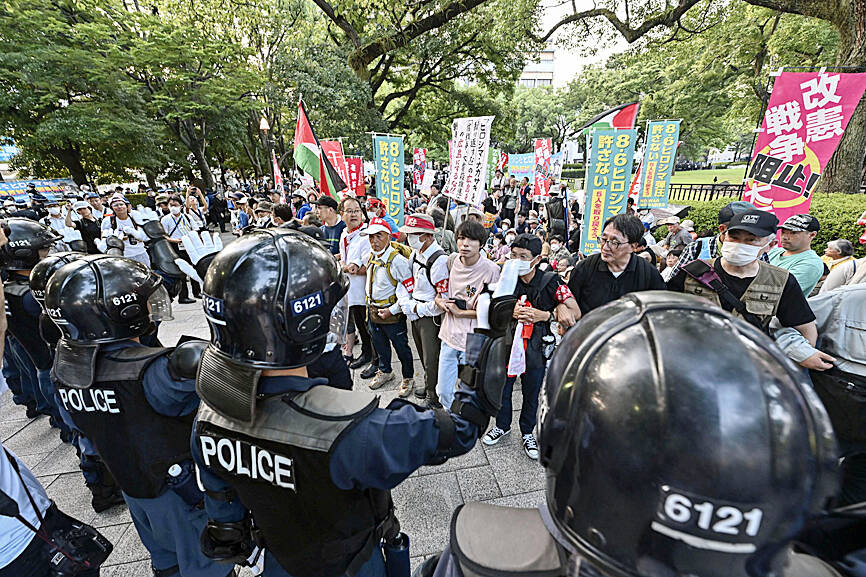
Photo: Kyodo via Reuters
“Nuclear weapons abolition is not an ideal to achieve far in the future. Instead, it is a pressing and real issue that we should desperately engage in at this moment since nuclear problems involve an imminent risk to human survival,” he said.
Hiroshima Mayor Kazumi Matsui said Russia’s war on Ukraine and the worsening conflict between Israel and Palestinians are “deepening distrust and fear among nations” and reinforcing a view that use of force in settling conflict is unavoidable.
The atomic bomb dropped by the US on Hiroshima on Aug. 6, 1945, destroyed the city, killing 140,000 people. A second bomb dropped three days later on Nagasaki killed 70,000 more. Japan surrendered on Aug. 15, ending World War II and Japan’s nearly half-century aggression in Asia.
About 50,000 people at the ceremony observed a minute of silence with the sound of a peace bell at 8:15am, the time when a US B-29 dropped the bomb on the city. Hundreds of white doves, considered symbols of peace, were released.
Japanese Prime Minister Fumio Kishida, who attended the ceremony, said global conflicts and divided views over approaches to nuclear disarmament make achieving that goal “all the more challenging,” but pledged to do his utmost in pursuing “realistic and practical measures” to build momentum within the international community.
His critics say it is a hollow promise, because Japan relies on the US nuclear umbrella for protection and has been rapidly expanding its military.
Japan, the US and other regional allies have been stepping up security cooperation in response to a more assertive China and the growing nuclear and missile threats from North Korea.
Japan has sought stronger US protection by its nuclear capability.
Many survivors of the bombings have lasting injuries and illnesses resulting from the explosions and radiation exposure and have faced discrimination in Japan.
As of March, 106,823 survivors — 6,824 fewer than a year ago, and now with an average age of 85.58 — are certified as eligible for government medical support, the Japanese Health and Welfare Ministry said.
Many others, including those who say they were victims of the radioactive “black rain” that fell outside the initially designated areas of Hiroshima and Nagasaki, are still without support.
Hiroshima officials called on Kishida’s government to do more to provide support and address their wishes.
The aging survivors, known as “hibakusha,” continue to push for a nuclear arms ban as they desperately campaign to have their effort kept alive by younger generations.
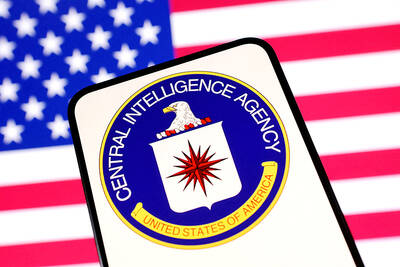
The CIA has a message for Chinese government officials worried about their place in Chinese President Xi Jinping’s (習近平) government: Come work with us. The agency released two Mandarin-language videos on social media on Thursday inviting disgruntled officials to contact the CIA. The recruitment videos posted on YouTube and X racked up more than 5 million views combined in their first day. The outreach comes as CIA Director John Ratcliffe has vowed to boost the agency’s use of intelligence from human sources and its focus on China, which has recently targeted US officials with its own espionage operations. The videos are “aimed at
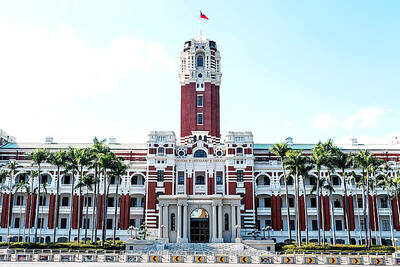
STEADFAST FRIEND: The bills encourage increased Taiwan-US engagement and address China’s distortion of UN Resolution 2758 to isolate Taiwan internationally The Presidential Office yesterday thanked the US House of Representatives for unanimously passing two Taiwan-related bills highlighting its solid support for Taiwan’s democracy and global participation, and for deepening bilateral relations. One of the bills, the Taiwan Assurance Implementation Act, requires the US Department of State to periodically review its guidelines for engagement with Taiwan, and report to the US Congress on the guidelines and plans to lift self-imposed limitations on US-Taiwan engagement. The other bill is the Taiwan International Solidarity Act, which clarifies that UN Resolution 2758 does not address the issue of the representation of Taiwan or its people in
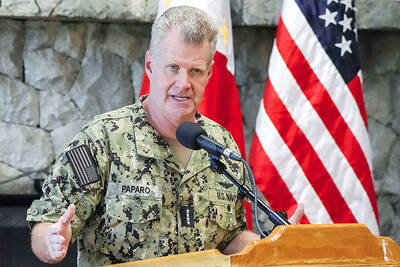
US Indo-Pacific Commander Admiral Samuel Paparo on Friday expressed concern over the rate at which China is diversifying its military exercises, the Financial Times (FT) reported on Saturday. “The rates of change on the depth and breadth of their exercises is the one non-linear effect that I’ve seen in the last year that wakes me up at night or keeps me up at night,” Paparo was quoted by FT as saying while attending the annual Sedona Forum at the McCain Institute in Arizona. Paparo also expressed concern over the speed with which China was expanding its military. While the US
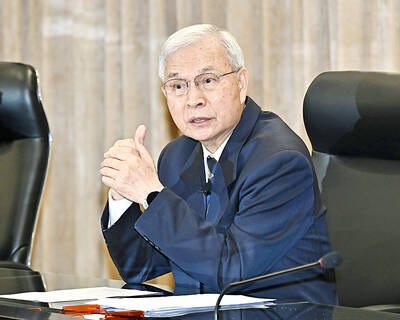
SHIFT: Taiwan’s better-than-expected first-quarter GDP and signs of weakness in the US have driven global capital back to emerging markets, the central bank head said The central bank yesterday blamed market speculation for the steep rise in the local currency, and urged exporters and financial institutions to stay calm and stop panic sell-offs to avoid hurting their own profitability. The nation’s top monetary policymaker said that it would step in, if necessary, to maintain order and stability in the foreign exchange market. The remarks came as the NT dollar yesterday closed up NT$0.919 to NT$30.145 against the US dollar in Taipei trading, after rising as high as NT$29.59 in intraday trading. The local currency has surged 5.85 percent against the greenback over the past two sessions, central